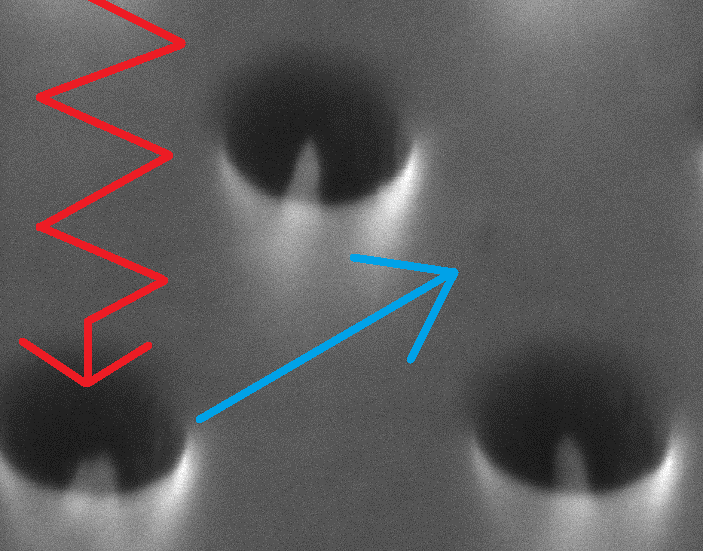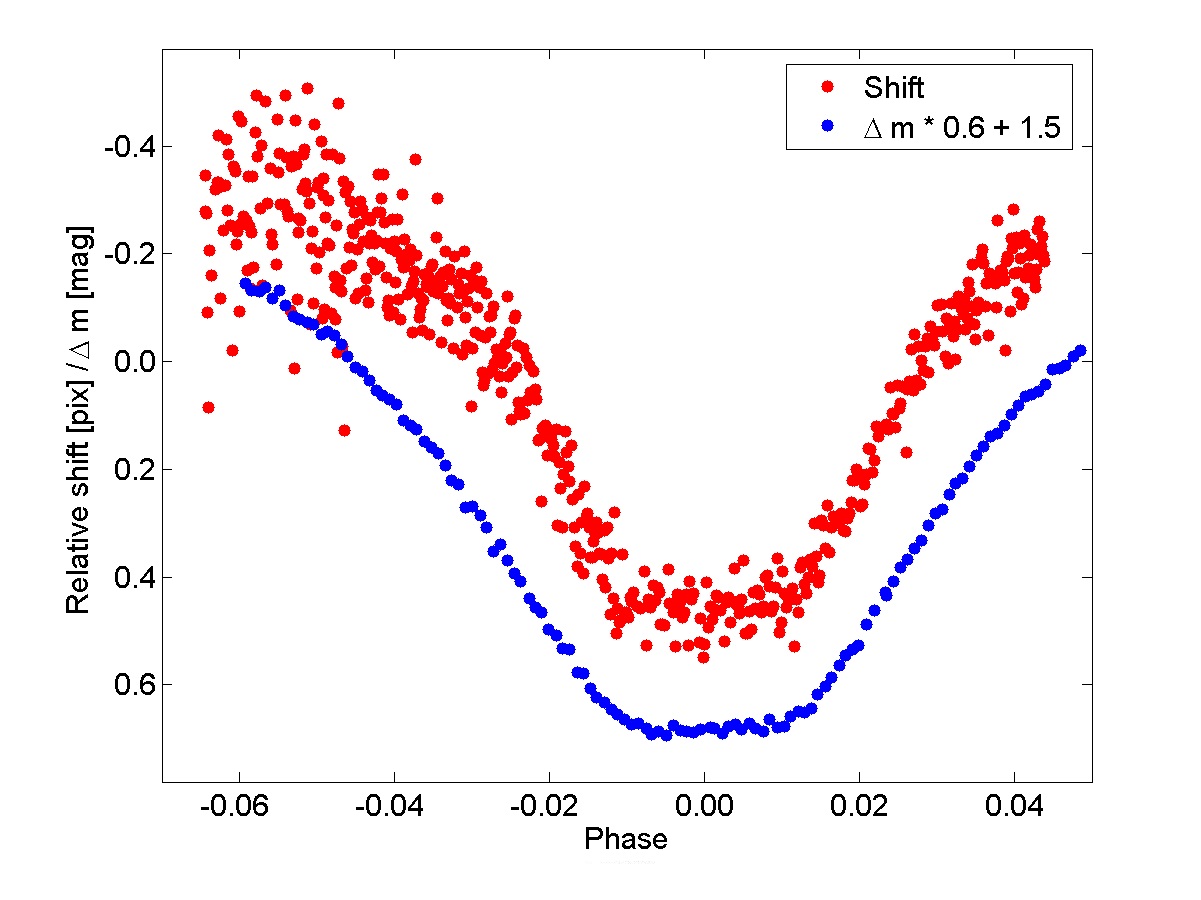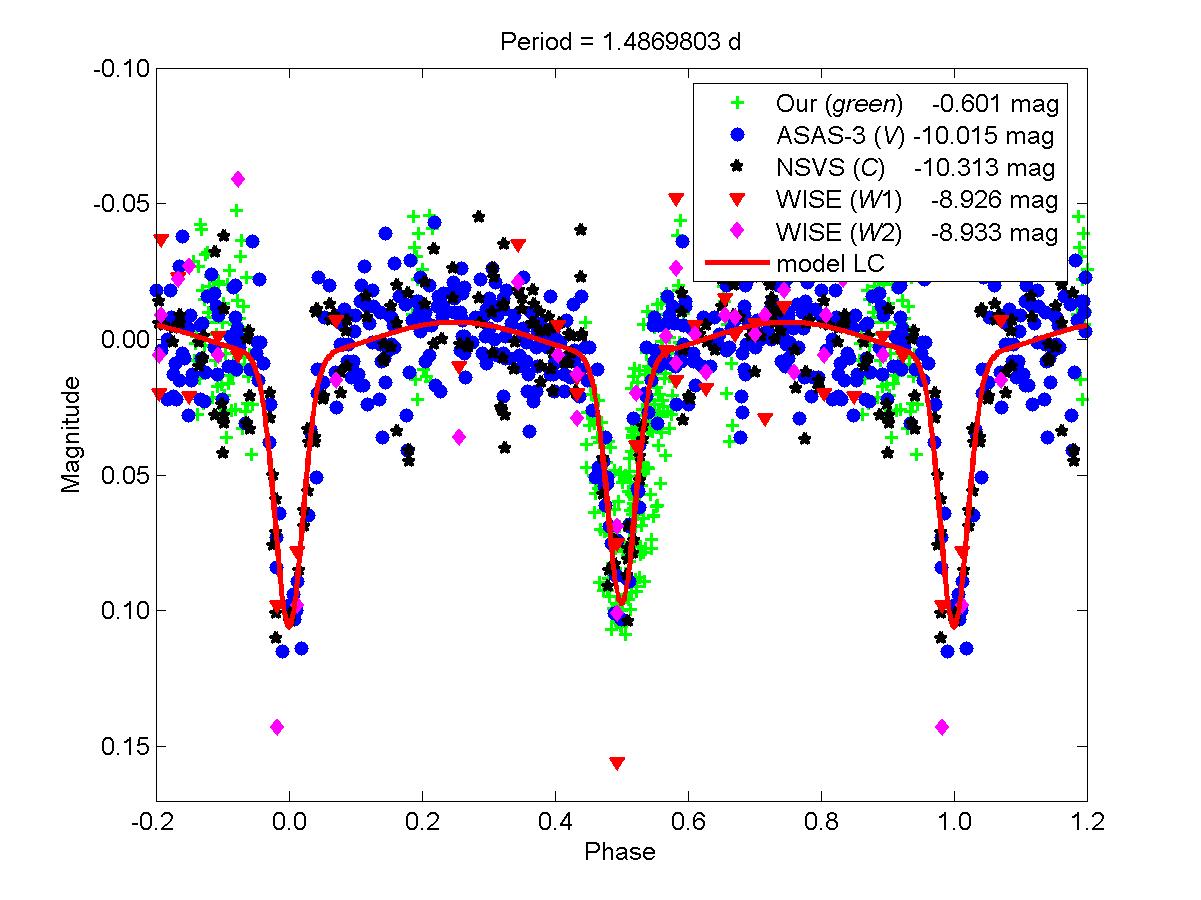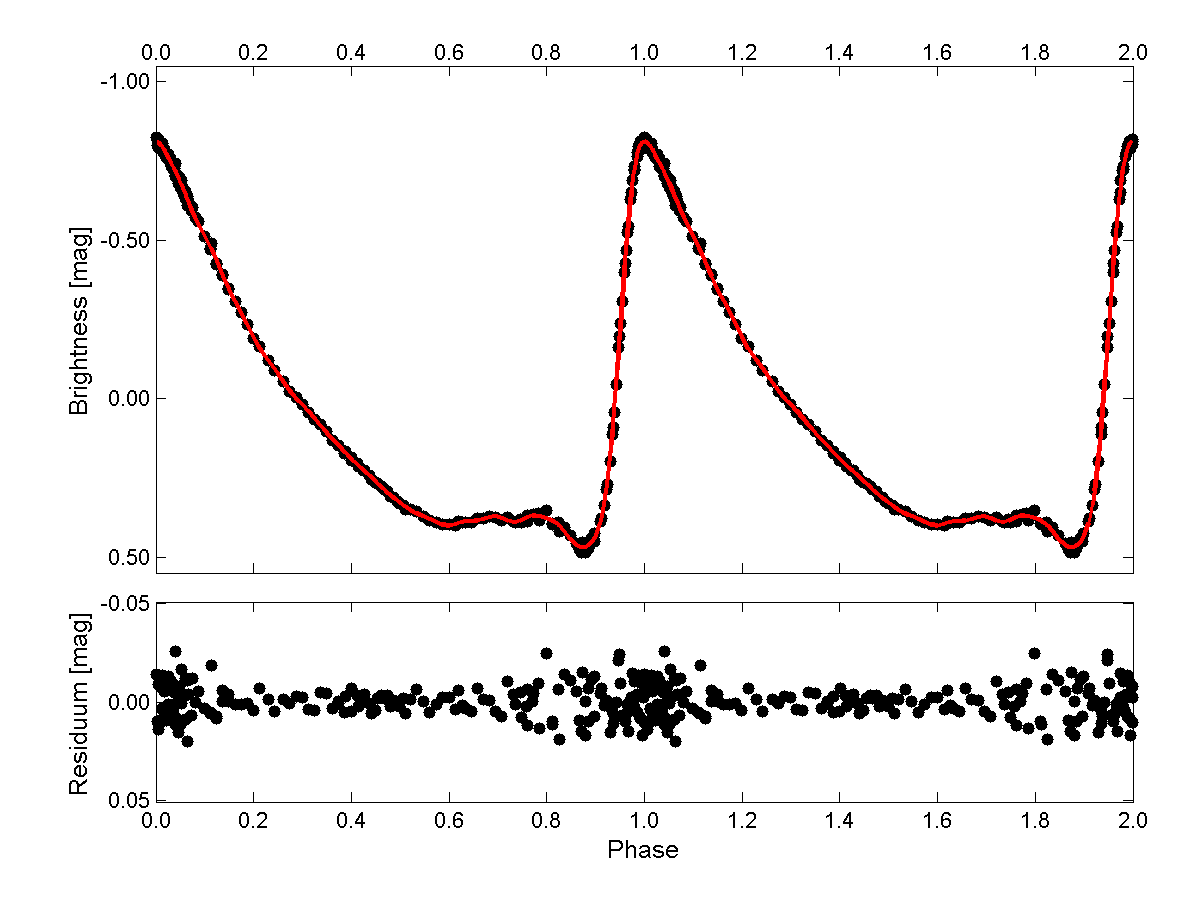

|

Plasmonics (new)o using cleanroom laboratories and their equipment (US Class 100 and 100.000) o preparation of plasmonics samples by Electron Beam Evaporator (BESTEC), Electron Beam Lithography (MIRA3 with RAITH LIS), Reactive Ion Etching o characterization of prepared films and nanostructures by Scanning Electron Microscopy (+ EDX, LYRA3), Scanning Probe Microscopy - AFM (ICON), Spectroscopic Reflectometry, o characterization of (nano)layers with other techniques - 4-probe station transport measurements (+ wirebonding) o measurements of plasmonic optical response performed by Nanonics (reflection, transmission) - in progress 
Magnetic materialso using cleanroom laboratories and their equipment (US Class 100 and 100.000) o preparation of magnetic samples by Magnetron Sputtering, Electron Beam Lithography (MIRA3 with RAITH LIS), Reactive Ion Etching o magnetic measurements performed by Vibrating Sample Magnetometer (VSM) and transport measurements using Cryogenic Ltd. instrument (T from 1.6 to 400 Kelvin, B from -9 to 9 Tesla) o characterization of prepared films and (nano)structures by Scanning Electron Microscopy (+ EDX, LYRA3), Scanning Probe Microscopy - AFM, MFM (ICON), Spectroscopic Reflectometry, o preparation or characterization of (nano)layers with other techniques - E-Beam evaporator deposition, X-ray reflection, 4-probe station transport measurements, Kerr microscopy 
Optical measurementso photometric multi-colour measurements of variable stars o spectroscopic measurements o astrometric movements on the CCD frames caused by blend of two sources - variable and constant star o other interesting modern techniques 
Eclipsing binaries and binaries of other typeso photometric and spectroscopic measurements o variations in minima timings, constructions of O-C diagrams and their analysis, light time effect, apsidal motion o detection of triple and other multiple systems o modelling of their light curves (mathematical, phenomenological, physical models) 
RR Lyrae starso detection of their binarity o variations in maxima timings, constructions of O-C diagrams and their analysis, light time effect o modelling of their light curves and frequency analysis o detection of Blazhko effect Last updated - 2019, January, 5 |